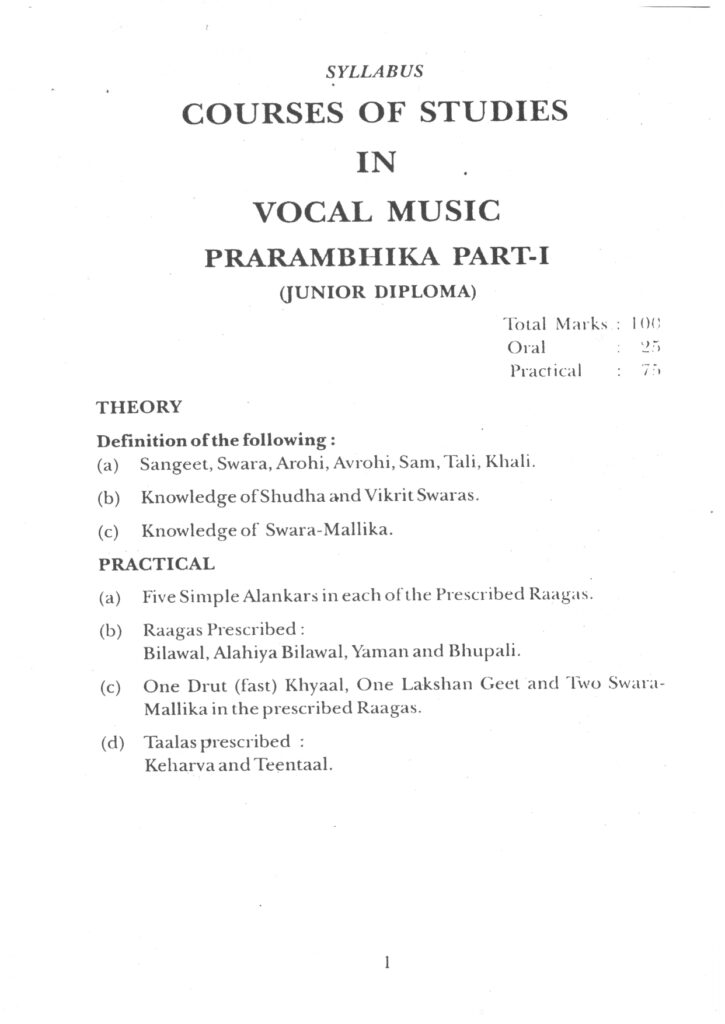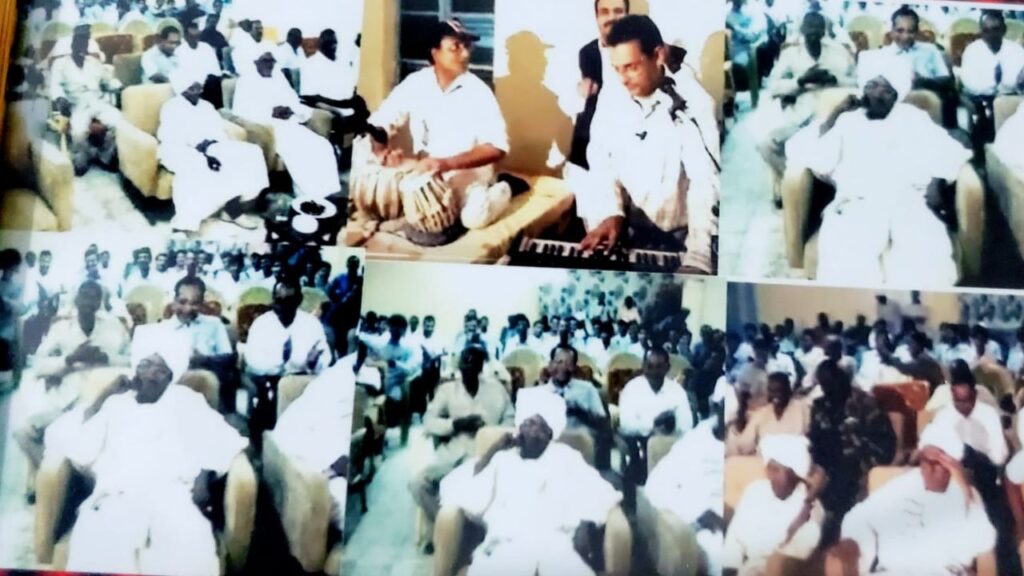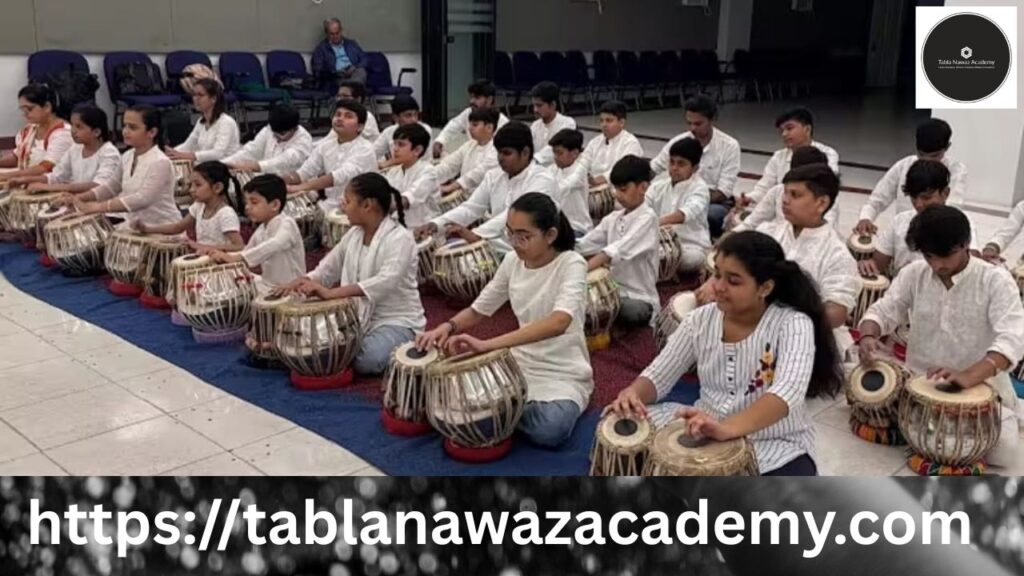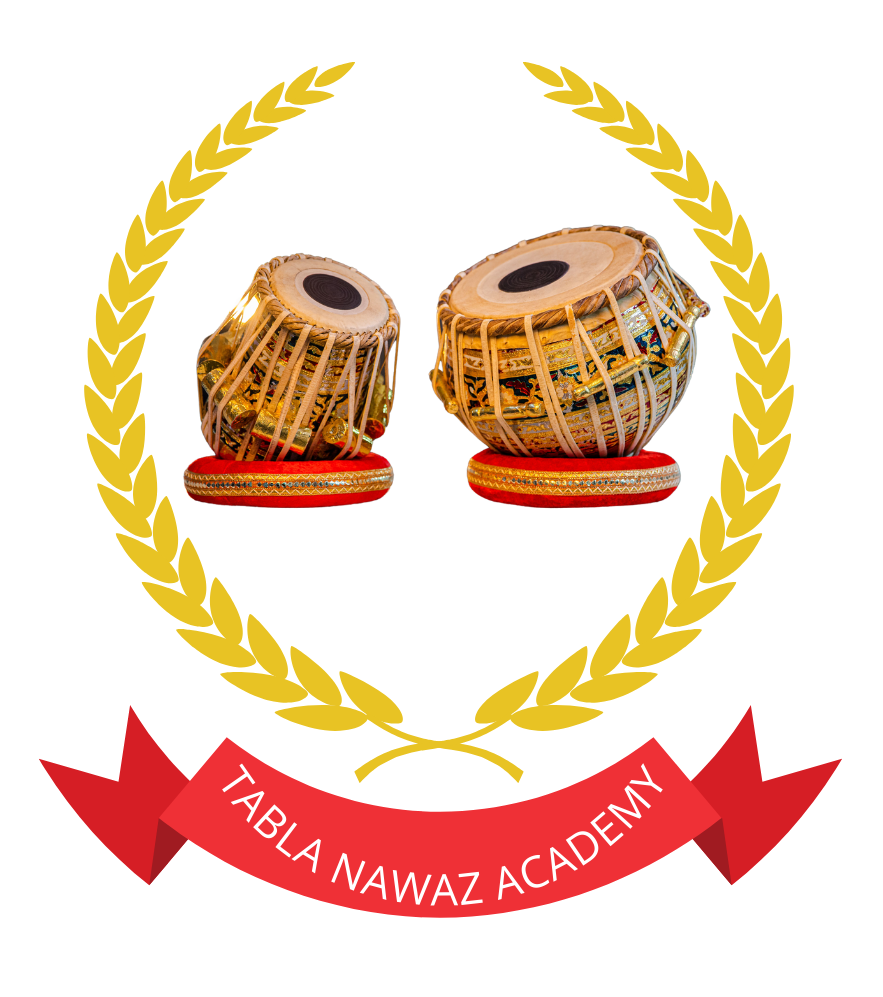Vocal Roots – Prarambhik Part-1, Introduction, Every great singer, from Lata Mangeshkar to Bhimsen Joshi, began with the same foundational step: understanding the roots of vocal music. In Indian classical music, this journey begins with Prarambhik – the beginner’s stage, where a student is introduced to the basic building blocks of swaras (notes), rhythm, and voice control. “Vocal Roots – Prarambhik Part-1” is your gateway into the mesmerizing world of Hindustani classical music. Whether you aspire to perform on stage or simply want to deepen your appreciation of Indian music, this foundation is where it all begins.
The Essence of Prarambhik
The word Prarambhik means “beginning” or “initial stage.” In vocal music education, this part focuses on three core goals:
- Developing Sur (Pitch Accuracy)
- Understanding the Seven Swaras (Sa Re Ga Ma Pa Dha Ni)
- Building Breath Control and Vocal Strength
Just like an artist first learns to draw lines before painting masterpieces, a vocal student must train their ear and voice through swar sadhana (practice of notes).

Understanding the Seven Swaras
In Hindustani classical music, all melodies are formed using seven notes, known as:
Sa, Re, Ga, Ma, Pa, Dha, Ni
These are the Saptak (heptatonic scale) and are similar to the Western “Do Re Mi Fa So La Ti.” Each note holds a specific frequency and emotional quality. Here’s a quick look:
| Swara | Western Equivalent | Character |
|---|---|---|
| Sa | Do | Root, constant |
| Re | Re | Pleading, ascending |
| Ga | Mi | Stable, sweet |
| Ma | Fa | Restful, calm |
| Pa | So | Bold, pure |
| Dha | La | Deep, emotional |
| Ni | Ti | Longing, delicate |
These swaras are sung in Aakar (using the vowel sound “aa”) for clarity and projection. Regular practice of Sa to Ni and back builds a solid pitch base.
Vocal Exercises for Beginners
Every beginner should dedicate time to basic vocal exercises, or Alankars. These are melodic patterns made using swaras and are designed to:
- Increase voice flexibility
- Improve breath control
- Strengthen pitch accuracy
🎶 Sample Alankar:
Sa Re Ga Ma | Re Ga Ma Pa | Ga Ma Pa Dha | Ma Pa Dha Ni | Pa Dha Ni Sa’
Repeat this ascending and descending. Practicing with a Tanpura or a Shruti box is highly recommended to stay in pitch.
Rhythm & Laya
While melody is crucial, rhythm (Laya) is the soul of any vocal performance. In Prarambhik, students are taught to:
- Keep taal (time cycle) using hand gestures (claps and waves)
- Understand teen taal (16-beat cycle) – the most commonly used rhythm
- Maintain internal tempo while singing swaras
Mastering rhythm early on ensures confident singing in compositions and ragas.
Tools You’ll Need
Here are a few tools to support your learning:
🪕 Tanpura App or Shruti Box – Provides the drone to match pitch
📱 Lehra App – Provides rhythmic accompaniment for taal practice
🎧 Pitch Analyzer – Helps monitor pitch accuracy
🎤 Voice Recorder – To track your progress and identify mistakes
Cultural Significance
In India, learning classical vocal music is often more than a hobby—it’s considered a sadhana, or spiritual practice. Parents enroll children in vocal classes not just for music, but for the discipline, mindfulness, and cultural connection it fosters.
Many Indian film singers, including Shreya Ghoshal and Sonu Nigam, have strong classical roots that began with a structured Prarambhik phase.
Learning Resources
Ready to begin your training? Here are some recommended online resources:
- 🎓 Sangeet Pravah (YouTube channel for basics)
- 📘 Book: Sangeet Visharad (Prarambhik) by Vasant
- 🎤 Online Courses: Tabla Nawaz Academy
- Tabla Nawaz Academy
Let’s Quiz You!
🧠 Quick Quiz:
- What are the seven basic swaras?
- Which note is considered “shuddh and constant”?
- What is the Indian term for vocal note practice?
(Scroll to the bottom for answers!)
Conclusion
Vocal Roots – Prarambhik Part-1 is just the beginning of a lifelong journey. The beauty of Indian vocal music lies not just in mastering ragas but in understanding the discipline, sensitivity, and emotional depth it brings to your voice.
Take your time. Listen more. Practice daily. Even singing “Sa” with full focus is a meditative act.
🎯 Call to Action:
Comment below with your favorite swara or first vocal exercise memory. And don’t forget to subscribe for Part-2, where we’ll dive into Raag Introduction and Simple Bandishes.
✅ Quiz Answers:
- Sa Re Ga Ma Pa Dha Ni
- Sa
- Swar Sadhana
https://www.youtube.com/@BhagawanSingh


